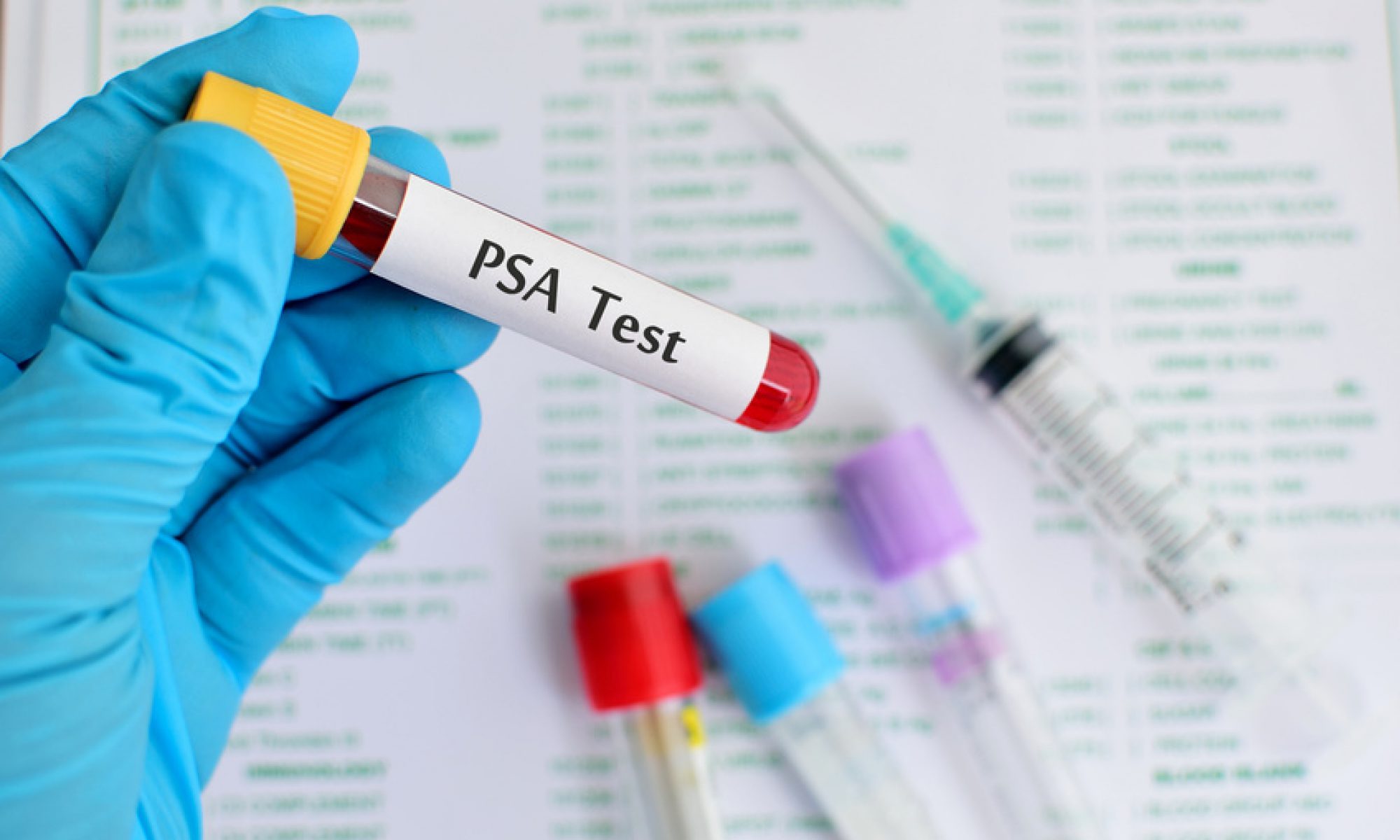
Bad Camberg, 15.10.2023
Predicting clinical laboratory quality control (QC) is a crucial aspect of ensuring the accuracy and reliability of diagnostic tests and medical procedures. Here are some key considerations and factors to predict clinical laboratory QC:
1. Data Analysis: Clinical laboratories generate vast amounts of data daily. Predictive analytics can be applied to this data to identify trends and anomalies that may indicate issues with QC.
2. Historical Data: Analyzing historical QC data is essential for predicting future trends. This involves tracking the performance of instruments, reagents, and personnel over time.
3. Instrument Performance: Monitoring the performance of laboratory instruments, such as analyzers, is critical. Regular calibration, maintenance, and performance checks are essential for QC prediction.
4. Reagent Lot Variability: The quality and consistency of reagents can vary between different lots. Monitoring reagent lot variability and implementing procedures to address it is crucial for maintaining QC.
5. Personnel Training: Ensuring that laboratory personnel are adequately trained and follow standardized procedures is essential for consistent QC. Predictive analytics can identify trends in performance that may indicate the need for additional training.
6. Environmental Factors: Environmental conditions, such as temperature and humidity, can affect laboratory QC. Predictive models can take these factors into account to anticipate QC issues.
7. Error Reporting: Encouraging laboratory staff to report errors and near-misses is vital. Analyzing error reports can help predict potential QC problems and allow for corrective actions.
8. Statistical Process Control (SPC): Implementing SPC methods, such as control charts, can help detect shifts or trends in QC data, allowing for timely intervention.
9. Root Cause Analysis: Investigating the root causes of QC deviations is essential for prediction. It helps in addressing underlying issues rather than just treating symptoms.
10. Regulatory Compliance: Staying compliant with regulatory requirements and accreditation standards is critical. Monitoring and predicting QC deviations that may affect compliance is vital.
11. Technology and Automation: Leveraging technology and automation can improve QC prediction. Automated systems can continuously monitor data and raise alerts when QC parameters are at risk.
12. Continuous Improvement: Laboratories should foster a culture of continuous improvement. Regularly reviewing QC processes, identifying areas for enhancement, and implementing changes can lead to more accurate prediction and better overall QC.
13. Collaboration: Collaboration with other laboratories and institutions can help in benchmarking and sharing best practices for QC prediction.
14. External Quality Assurance: Participating in external quality assurance programs and proficiency testing can help validate the laboratory’s QC processes and improve predictive capabilities.
Predicting clinical laboratory QC requires a multi-faceted approach that combines data analysis, process optimization, personnel training, and technology utilization. By proactively addressing potential issues and continuously improving QC processes, clinical laboratories can enhance the accuracy and reliability of their diagnostic tests.

